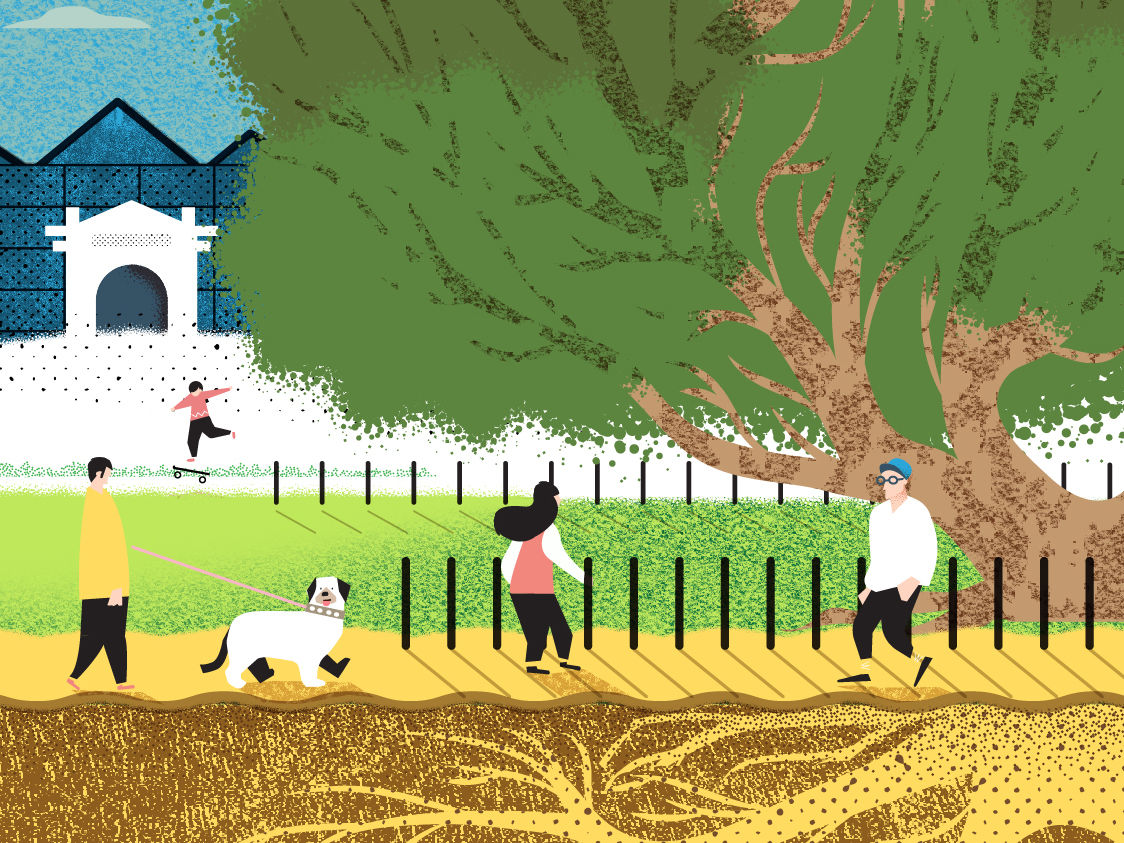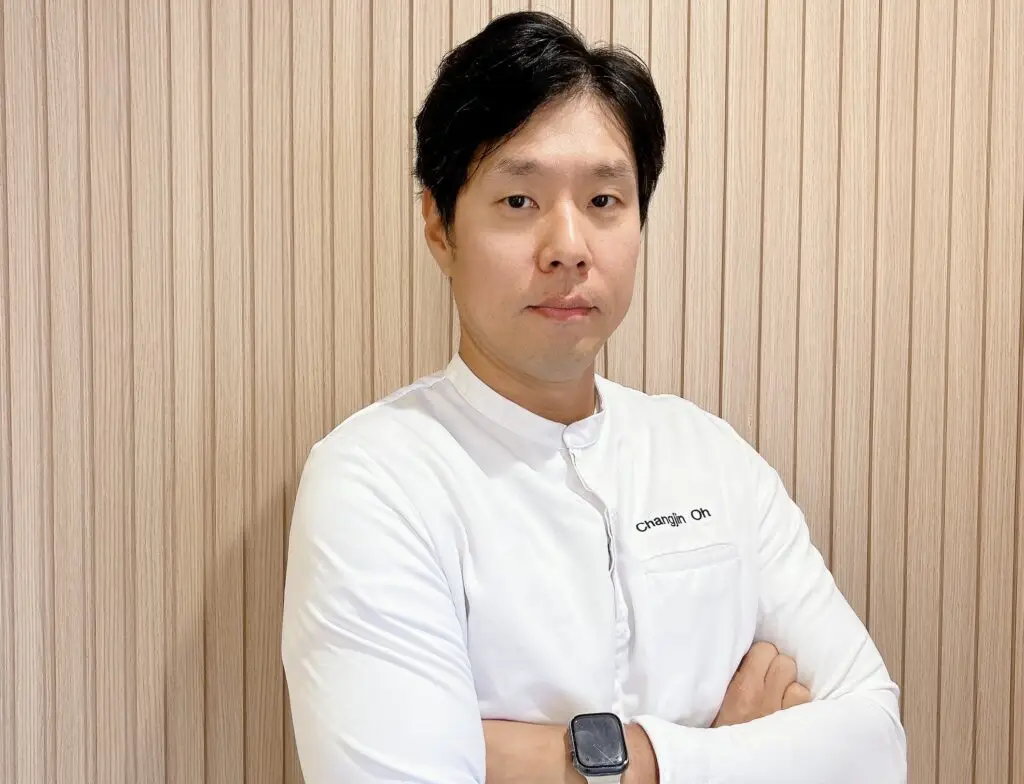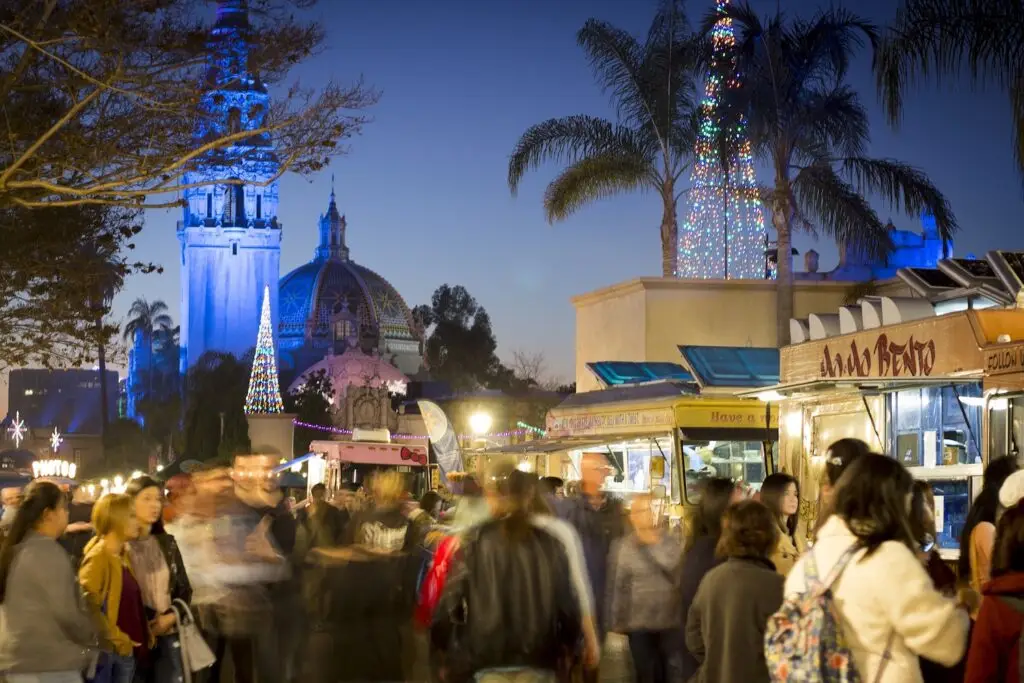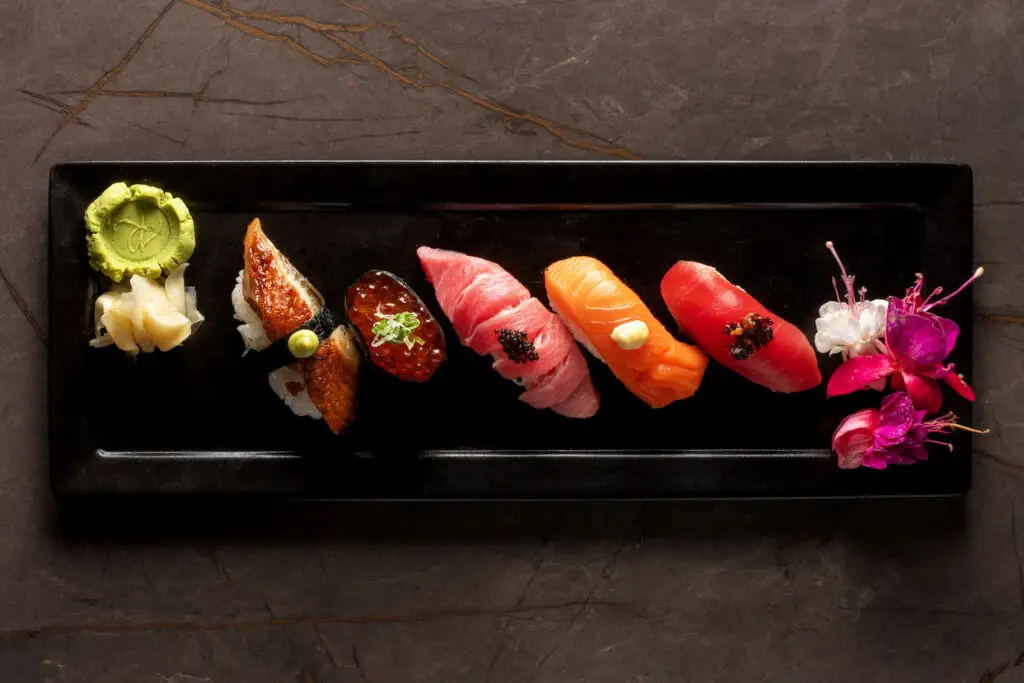Question from Sam B., University Heights
Strange as it sounds, San Diego lost one of its oldest trees to gun violence.
For nearly two centuries, three palms grew at the corner of Taylor Street and Presidio Drive in Old Town. They were California’s first palms (probably Phoenix dactylifera), supposedly planted by Saint Junípero Serra himself in 1769, from dates he’d brought from Loreto, in Baja. But time claimed each of them, and by 1957 the last one left was showing signs of lead poisoning—it turned out at least half a dozen Spanish musket balls were embedded in its trunk. “California’s first palm tree” was finally cut down at the age of 188.
So which tree holds the title now? The answer is hard to pin down, in part because plants that don’t experience distinct dry and wet seasons may not exhibit any growth rings. “Even dendrochronology isn’t infallible,” says Balboa Park Ranger Kim Duclo (aka “Ranger Kim”). Still, the search turns up some interesting candidates.
The star agricultural exhibit of our 1915 Panama–California Exposition was the Southern Counties Garden, which boasted that anything in the world could grow in this climate. Today there’s just one plant left from it: the Moreton Bay fig (Ficus macrophylla) behind the Natural History Museum. In 105 years it’s grown over 80 feet high and 140 feet wide, making it the tallest of its kind in North America. In their native East Australia, these trees can live over 500 years—so check back in around 2420; ours may yet earn that crown.
Another contender may have been planted by the “Mother of Balboa Park,” Kate Sessions, who was first employed as San Diego’s city gardener in 1892 for zero dollars. Instead of a salary, the city gave her 30 acres of park land, and in exchange she planted 100 trees a year. She imported plants from as far away as Hawai‘i and Chile, and once traveled to Cabo San Lucas by mule just to retrieve some palm seeds. Very few of her trees are still living, but Ranger Kim says some of the first—like the cork oaks (Quercus suber) near the site of Sessions’ flower shop at Sixth Avenue and Upas Street, and the Guadalupe Island cypress (Cupressus guadalupensis) by the chess and horseshoe clubs building at Sixth and Ivy Street—are now 128.
And even as we lost our first palm, another first lives on in Oceanside. Back in 1830, a sailor who stayed at Mission San Luis Rey thanked his hosts by giving them seeds from his native Peru. Father Antonio Peyri planted them in the mission’s garden, and now, 190 years later, one of those Peruvian pepper trees (Schinus molle) still stands. The mission celebrates Pepper Tree Day every April 8 in its honor.
Ultimately, our county champion might just be some anonymous oak. Individual California live oak trees (Quercus agrifolia) can live over 250 years.
So although it doesn’t technically qualify, since it lives just across the county border, one special old-timer deserves an honorable mention: Wi’áaşal, the Great Oak of the Pechanga tribe. The sacred tree is accessible to visitors only via cultural tours. Not only is it estimated to be anywhere from 1,500 to 2,000 years old, it still produces acorns, so the reservation is filled with an untold number of its descendants. Not a bad life, no matter how you count it.
Thank you to Heidi Trent and Joey Seymour for their outstanding article on the Serra Palm in The Journal of San Diego History, Vol. 56, No. 3.

The Moreton Bay fig behind the Natural History Museum celebrates its 105th birthday this year—and its best centuries are still ahead.
PARTNER CONTENT
Illustration by Francesco Zorzi
















